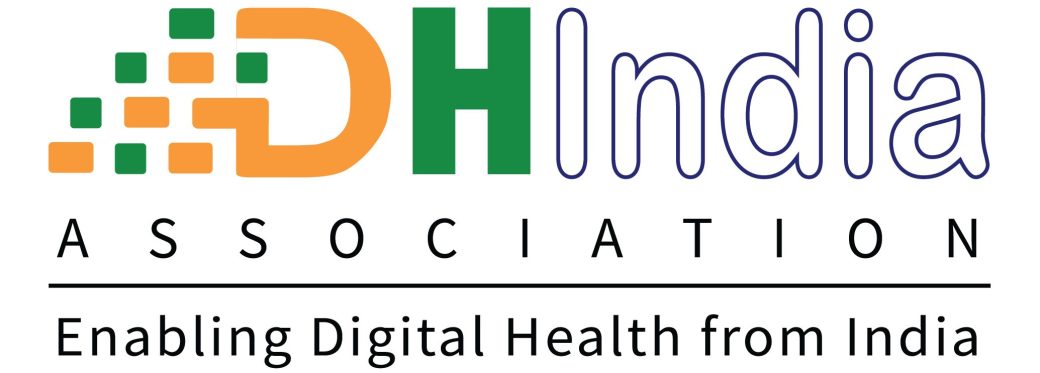
One of the major challenges in the battle against Covid for concerned hospitals is to anticipate the demand and capacity needed between a week to four weeks into the future . If this could be forecast even to a ballpark figure , it would give a heads up for the requirements of beds , ICU capacity , ventilators , PPEs, medications and most importantly Oxygen Supply . With the unpredictable behaviour of this pandemic , any sort of guesstimate forecasting would be of great help to the management and clinical team in these hospitals, to be ready and anticipate the requirements and be forewarned to the need of increasing capacity by having additional beds in ancillary set ups such as tents , empty schools and maybe even rail coaches. Additionally it would help in taking calls on clinical protocols for admission to hospitals , ICU and ventilating . If for example it is found that in a week or two the numbers could spike , then maybe the call to admit all patients tested Covid positive could be reassessed and maybe a call to admit only patients with symptoms could be taken. Adding to the unpredictability, the added complexity of returning labour migrants to their shanty homes in villages and infecting their elderly, especially in certain states would be extremely challenging .
To aid such hospitals – DHIndia Association (Digital Health India Association ) is offering pro-bono, the power of Information Technology by offering a service to select hospitals to provide them with somewhat accurate guestimate from a day to a month ahead. This is especially being offered to hospitals in underserved areas beginning with a select group of mission hospitals. All that is required from the hospitals is to provide some data such as admitted patients , patients in ICU , patients on Ventilators , date of the first hospitalised patient in the present wave etc on a regular basis like once in two or three days. While this is just a guestimate and trend – the case study below does show it to have some amount of reliability. It will at least be better than no forecast or guestimate.
Case Study of Forecasting for a district Covid Hospital in the interiors of Maharashtra:-
This hospital was set up in readiness as a dedicated Covid hospital in the District . There was a total of 120 beds with 40 ICU beds and 35 ventilators . The protocol was that all patients who tested Covid positive were to be admitted . They had their first Covid Positive patient admitted on April 6 . There after they have had admissions first as a trickle but later getting to be more regular and higher in numbers. We did a study whereby with information put into the modelling software of the population of the district , date of the first admission and a percentage for social distancing as it was a red zone and current admitted patients , taking an average hospitalisation time of a non icu patient as 7 days ( could not carry out forecasting of ICU and Ventilated patients as there were none ) , this modelling was carried out on May 14. We then compared the numbers as per the model with actual data from this hospital for 8 dates as data points between April 6 to May 14- there was over 90 percent accuracy. Thus – it did help this hospital then look at the guesstimates from a week to a month later , the model showing that they could run out of bed capacity by June 10th or so . Further more , recieving data on a regular basis , the modeling was redone for them on May 18, which showed an accelaration in their doubling time and showed that infact they would now run out of capactiy by June 4. This model of May 18 has been spot on till now as per data recieved till May 25th. Thus the hospital is now aware that they may have to rethink the protocol of admitting all patients who tested as Covid positive to maybe admitting only those who are symptomatic and then later if that also is over run, then maybe to only those who are severe. So in this way , if this hospital keeps providing data on their admitted patients on a two or three day interval regularly , an idea of the progression of the curve could be tracked and accordingly adjustments in forecasting would be done by the software to help the hospital be more on top of the pandemic and be better prepared with the admission protocols or increasing capacity by putting up ancillary units where less severe patients could be put up . Hoping this case study brings out the benefit of this guesstimate forecasting and on behalf of DHIndia Association , we are happy to provide this service to select deserving hospitals , that will be facing challenging times in the days ahead. It is in a small way providing DHIndia’s support to these heroes battling this pandemic in real remote areas of need. Jai Hind.
Best Regards,
Dr Pramod D. Jacob
After completing his medical degree from CMC Vellore and doing his Master of Science in Medical Informatics from Oregon Health Sciences University (OHSU) in the US, Dr Pramod worked in the EMR division of Epic Systems, USA and was the Clinical Systems Project Manager in Multnomah County, Portland, Oregon. He went on to do Healthcare IT consultancy work for states and counties in the US and India.
At present he is CEO of DHIndia Association, an organization to champion and enable the digital health ecosystem in India. He was also a consultant for WHO India in the IDSP project and for PHFI for a Non-Communicable Diseases Decision Support Application. He is also a Director and Chief Medical Officer of dWise Healthcare IT solutions.
